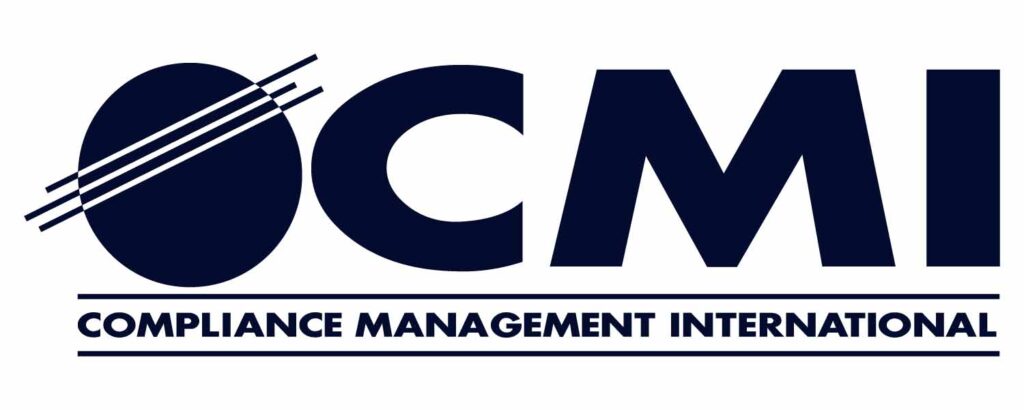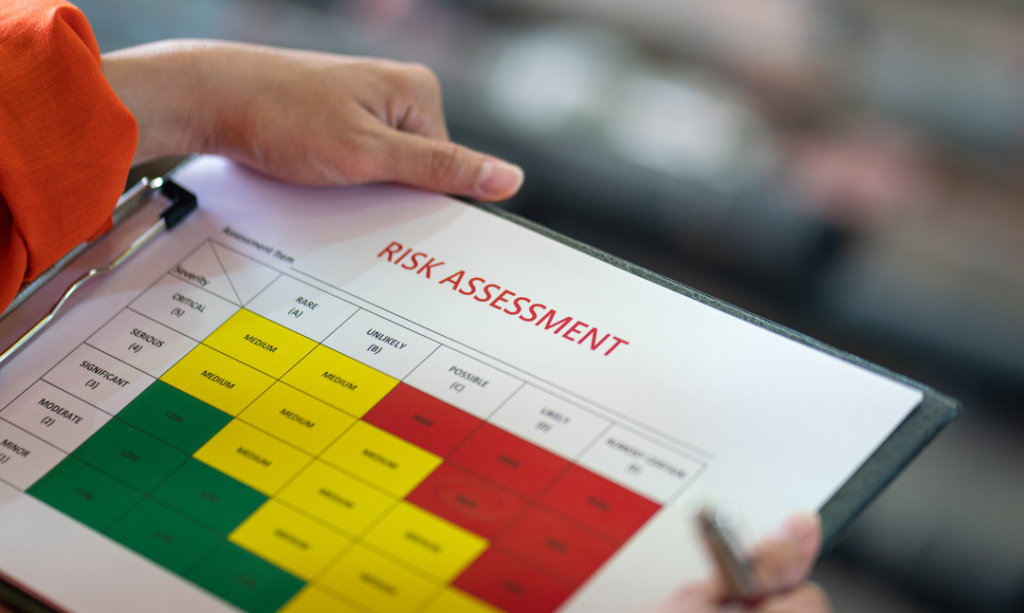For those that work in air compliance in the tri-state region of Pennsylvania, New Jersey and Delaware, this may sound familiar, “An air quality management agency is implementing significant air toxics review program overhaul with environmental justice as a likely driver.”
This time, the City of Philadelphia has completed its overhaul of Regulation VI – Control of Emissions of Toxic Air Contaminants (TACs). And if you read it and the associated guidance documents and implementation tools, it will look a lot like the program New Jersey implemented a few years ago.
Research into how the rule should be changed and the proposed structure began in 2021. An early form of the rule was formally approved and sent to the Air Pollution Control Board (APCB) on April 28, 2022, which approved that version for public comment and public hearing. Due to the sweeping changes to the existing Regulation VI, there was both a healthy amount of outreach by Philadelphia Air Management Services (AMS) and comments from affected parties, regulated facilities and public interest through September 9, 2022. CMI prepared a list of comments, questions, and requests for clarification on a number of points associated with the revised rule.
On May 3, 2023, the APCB modified the original version of the rule based on comments and subsequent research and reviews and approved a modified version of the rule. Now that it has been passed, what does it mean for facilities in Philadelphia?
Applicability: Non-Exempt activities requiring an installation permit, plan approval, or major source operating permit initial application or renewal AFTER THE RULE EFFECTIVE DATE OF JANUARY 1, 2024.
- Exempt Permit Application Types:
- Demolition or related activity regulated by Dust Control Permitting, Complex Source Permit, Automotive facility Installation Permit or License
- Small entities (those that operate under annual or indefinite license)
- Minor Source Operating Permit
Requirements: If subject, facilities must perform the following notice from AMS:
- Identify each TAC emitted from process under application, and calculate annual emissions
- For Installation Permits or Plan Approvals: Determine if the TAC emissions exceeds “reporting thresholds” from the proposed changes/new sources, and follow the workflow in the published rule (quantify emission rates and perform risk assessment using AMS tools and procedures).
- For major source permit renewals or initial permit: Determine facility-wide potential TAC emissions, and determine if the total exceeds the reporting threshold. For each TAC that exceeds, either propose a limit to below reporting thresholds or conduct Facility Wide Risk Assessment (includes air dispersion modeling & protocol approval)
- For each TAC above reporting threshold, AMS will review results of the chosen risk assessment method and determine whether to approve the permit, approve the permit with mitigation measures, or disapprove the application.
Timeline: No prescribed review times or sequencing are specified in the permit, but it can be assumed that all determinations must be made prior to any required additional public notice/EPA reviews begin.
There are two basic methods of compliance once these requirements are triggered:
- Take emission limits (or install additional controls) to reduce emission limitations below reporting thresholds, or
- Demonstrate non-significant risks through the use of Risk Assessment tools & procedures.
If you have questions, please get in touch with CMI for help or information.
Written by, Chris Maye, P.E., Project Director, Environmental Services
LINKS:



